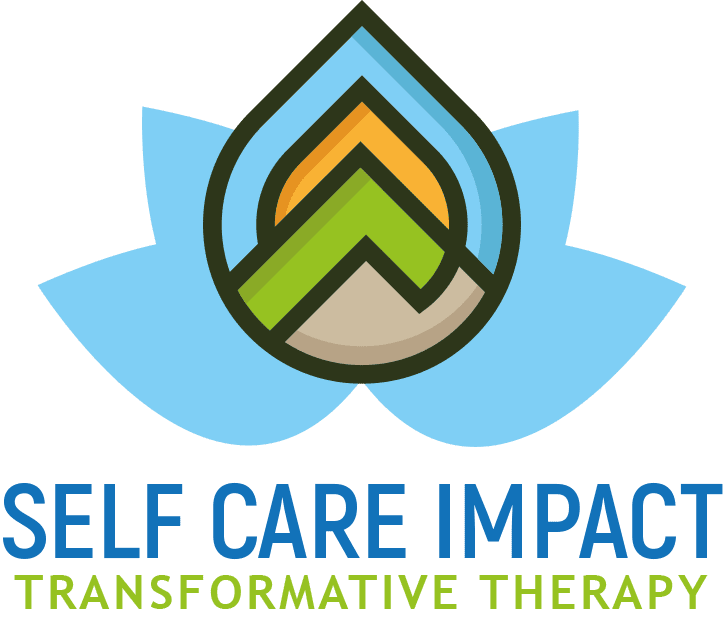The field of psychology has long been engaged in the quest to develop effective treatments for trauma and related disorders. One of the most significant advancements in this area is Eye Movement Desensitization and Reprocessing (EMDR), a therapy designed to alleviate the distress associated with traumatic memories. Recently, a new addition to this therapy, known as the Flash Technique, has emerged, offering a groundbreaking approach to the treatment of traumatic memories.
Understanding EMDR and the Flash Technique
EMDR therapy has been a revolutionary approach in treating post-traumatic stress disorder (PTSD) and other trauma-related conditions. EMDR involves the patient recalling distressing images while receiving one of several types of bilateral sensory input, such as side-to-side eye movements or hand tapping. You are fully aware of what is going on, you are being asked to recall distressing events, which is a conscious process. The bilateral stimulation is believed to mimic the psychological state of REM sleep, which helps in processing and integrating traumatic memories.
The Flash Technique, introduced by Dr. Philip Manfield, is a recent innovation within EMDR therapy. It is designed to reduce the intensity of disturbing memories. The Flash technique allows individuals to access traumatic memories without fully engaging with the distressing emotions typically associated with these memories.
Example of the Flash Technique in Practice
Imagine a client, whom we’ll call Sarah, who has a traumatic memory that she finds distressing to even think about. Sarah’s therapist decides to use the Flash Technique to help her. In this example, the Flash Technique serves as a gentle and effective approach to reduce the emotional impact of Sarah’s traumatic memory, making it more manageable for her to engage in further therapeutic work.
1. Identifying the Trauma
The therapist asks Sarah to briefly identify a specific traumatic memory she wants to address. Sarah acknowledges the memory but doesn’t delve into details. The therapist explains that she doesn’t need to describe it; they will simply refer to it as “the target memory.”
2. Light Engagement with the Memory
The therapist instructs Sarah to “touch” the memory lightly in her mind, without fully engaging with it. To aid this process, Sarah is asked to gently tap her thighs alternately and to blink rapidly a few times when prompted.
3. Shifting Focus
Next, Sarah is instructed to set the traumatic memory aside and shift her focus to a positive image. Sarah chooses to think about a day at the beach, a memory that brings her joy and peace.
4. Bilateral Stimulation
While immersed in this positive memory, Sarah continues the bilateral stimulation by tapping her hands on her lap, alternating between left and right. The therapist engages her in conversation about her day at the beach, making the session feel more relaxed and enjoyable.
5. Periodic Checks on the Trauma Memory
Every so often, the therapist asks Sarah to briefly check back on the target memory, but only in a detached manner. Sarah reports that the memory seems less intense and more distant with each check. She finds it increasingly difficult to connect with the traumatic emotions that were once overpowering.
6. Observing Changes
After several cycles of focusing on the positive memory and checking back on the traumatic memory, Sarah expresses that the target memory feels significantly less distressing. It seems more like a distant event rather than an overwhelming experience.
With the traumatic memory now less intense, the therapist can consider integrating more traditional trauma processing therapies, such as EMDR, to further help Sarah process and heal from her trauma.
Benefits of the Flash Technique
Reduced Emotional Distress
One of the main benefits of the Flash Technique is the reduced level of emotional distress experienced by clients when recalling traumatic memories. This makes the therapy process less overwhelming and more manageable.
Easier and Faster
Flash is particularly beneficial for clients who find it difficult to engage with traditional EMDR therapy due to the intensity of their emotional responses. It can also accelerate your treatment process by quickly reducing the charge of traumatic memories, making them easier to process in subsequent EMDR sessions.
Increased Safety and Control
Clients often feel more in control and safe during the therapy process, as they are not required to delve deeply into the traumatic memory initially.
Flash EMDR Help in the Denver Area
The Flash Technique for EMDR therapy represents a significant advancement in the treatment of trauma and PTSD. By reducing the emotional intensity of traumatic memories, it makes the therapeutic process more accessible and less distressing for clients. We believe that the Flash Technique is an important component of EMDR therapy and we’re happy to help you try it. Take a look at our EMDR Therapy page for more information. Then we invite you to call us at 720-551-4553 for a free 20-minute phone consultation with a marriage specialist. You can schedule your appointment via phone, or the contact page on our website. We look forward to hearing from you.
Self Care Impact Counseling envisions a new age of counseling for adolescents, adults, couples & groups that makes a REAL difference with core values of GROWTH | BALANCE | COMPASSION | INNER HARMONY.

